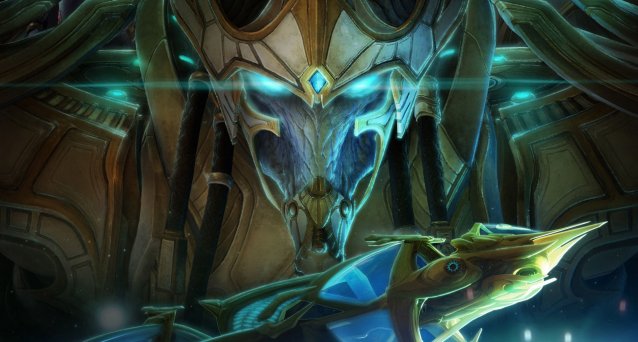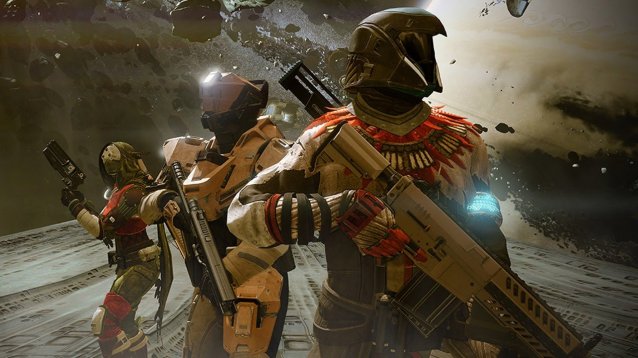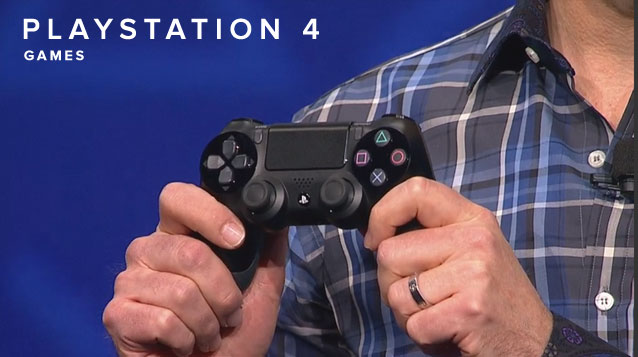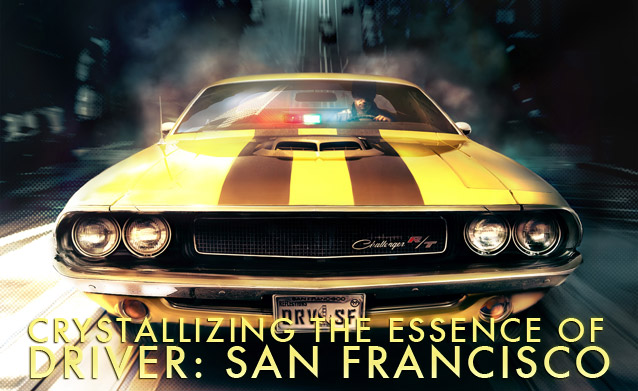

Since the advent of the PS4 and Xbox One console generation, the Madden team has focused on righting some of the wrongs that naturally added up over the course of nearly thirty years of building games. This doesn’t translate into sexy headlines, but many of us that play it every year appreciate that. Madden has become a more focused and thoughtful offering, and Madden NFL 16 is the latest proof of that vision
For years, regular Madden players have clamored for better interactions between receivers and defenders. As offensive line blocking – another longtime Madden source of frustration – dramatically improved last year, the spotlight shone brightly on these thoroughly lacking downfield pass mechanics. Madden 16 attempts to address them, with varying degrees of success. On the plus side, you’ve got nifty tools at your fingertips to influence the results at the end of a pass, including the ability to aggressively go for the ball or position yourself to pick up yards after the catch. These cause all sorts of mayhem, and the organic interactions between players (and the ensuing unpredictable bounces of the ball) are refreshing. The flip side is that good receivers have a tremendous advantage over their defenders and the number of wild, one-handed catches by players of all types happens far too often. A bit of balance is still needed.
Tackling also feels different and, for the most part, better this season. Players can break out of tackles regularly, which increases the need for two or more defenders to converge on a ballcarrier. The physics of the one-two punch of tacklers flying in from different directions is impressive, and the use of leverage and positioning to bring someone down is presented well. Quarterback accuracy ratings actually matter this season, too. Only the best passers will get the ball into the right spot every time, a stark contrast to years past when cavemen like Tim Tebow could drill receivers in the hands.
Many of these improvements have been mapped to additional player controls, which puts Madden close to NBA 2K in terms of overall complexity. Bumpers combined with face buttons allow for modified pass types for quarterbacks, and the receiver-defensive back interactions call for button presses while the ball is traveling in the air. On top of the already-dense set of base controls, this will be overwhelming to those who haven’t played the game in recent years; conversely, series veterans like me appreciate the additional layers of influence they'll have on the on-field action.
Ultimate Team continues its recent theme of simplicity and ease of use. As the card-collecting mode continues to drive ever-important post-release digital revenue to EA’s top line, the development team has made it simpler than ever to hop in and try it out. It takes just a few short minutes to get a team put together then head into quick competitions offline or online; you’ll be earning coins and unlocking new player cards before you know it. For many, Ultimate Team is Madden these days, and its streamlined menus and challenges will assuredly draw more people into its clutches.
The difficulty level is higher this year too. While the CPU will still occasionally make some strange decisions on offense, the AI has stepped up its game. The default All-Pro difficulty level gives you a challenging game on both sides of the ball, mixing the run and the pass well, making better use of individual team strengths, and is generally just tougher to beat.
The Franchise mode remains the heart of the series for many, and while it is (by far) the best overall sports game experience to participate with friends in a competitive, persistent environment, several of the design decisions made this year are questionable. At the forefront is the new goal system for each drive; accomplishing certain tasks helps level up your players and coach, which allows you to upgrade them as the season moves along. While the concept is a good one, the implementation is lacking. Many of the goals simply don’t make football sense, such as having to get the ball to a specific receiver three times in a drive or being required to pass for a touchdown. They wind up distracting you from your main goal, which is scoring and managing the clock by any means possible.
On the other hand, the introduction of Free Practice mode is a revelation. As seasons move along and your team becomes populated with unknown draft picks and free agents, the ability to take them on the practice field and test their skills is outstanding. A re-tooled scouting system is enjoyable as well, letting you quickly take a look at the traits of collegiate players and unlocking their attributes with ease. Unfortunately, the removal of the ability to delegate Game Prep responsibilities adds a few unnecessary minutes of time before every game, and the overall Confidence system that Game Prep is meant to help navigate remains uneven. I certainly can’t get into the mind of an NFL player, but I imagine that a couple of bad games won’t make a skilled professional football player lose half their confidence; frankly, I wouldn’t be surprised if the entire Confidence mechanism is scrapped within a year or two.
For the first time in years, an all-new mode has been introduced. Draft Champions is a hybrid of fantasy football and Ultimate Team, allowing you to pick from a series of coaches and players to quickly assemble a squad to then take online and climb leaderboards. It’s a better way to enjoy battling people online, as most standard head-to-head games wind up featuring just a handful of the best NFL teams like the Seahawks and Patriots. With no long term commitment – your squad stays together for just a handful of games, then you get to pick a new one – and no monetization pressure, it is a fun bridge between traditional online games and the ever-present Ultimate Team. Whether or not it maintains long-term appeal will depend upon how well it is supported after launch; the development team would be smart to sprinkle in new players on a regular basis in order to keep things interesting.
What’s ironic about Madden these days is that the more it improves, the more its legacy issues – even the small ones – stand out. For example, the visuals are sharper and more detailed than ever, but the in-game crowds and television-style commentary are ordinary. On-field physics produce incredibly powerful collisions, but awkward body movements persist when players pick themselves up after a play is dead. Penalties occur at a realistic pace now (which, considering how much I hate penalties in real NFL games is a particular downer for me), yet an unfortunate bug causes at least one encroachment flag per game as an oblivious defensive lineman walks right into his offensive counterpart before the ball is snapped. Despite the overall level of improvement, there’s room for people to quickly point out a bunch of little nagging things in Madden that don’t seem to be wrong with titles like MLB The Show and NBA 2K.
Madden NFL 16 is strong title that demonstrates the development team’s commitment to building a fundamentally sound core game, mostly avoiding the siren’s song of sexy-sounding features that are short on substance. Madden supports its core Franchise mode players well while also catering to the ever-growing (and vitally important) numbers of Ultimate Team fanatics, and even attempts to bridge the two with an interesting new online mode. Despite some design decisions I don’t love, there’s no doubt that I’ll once again be playing against my friends in fun, competitive matches for the next twelve months. Madden is not the best sports game on the market, but its steady rise is inarguable.




 Killzone: Shadow Fall Walkthrough
Killzone: Shadow Fall Walkthrough Little Big Planet Guide
Little Big Planet Guide Destiny: The Taken King Guide - How to Charge an Agonarch Rune
Destiny: The Taken King Guide - How to Charge an Agonarch Rune All PS4 Games With Trailers: Official List
All PS4 Games With Trailers: Official List Crystallizing the Essence of Driver: San Francisco
Crystallizing the Essence of Driver: San Francisco